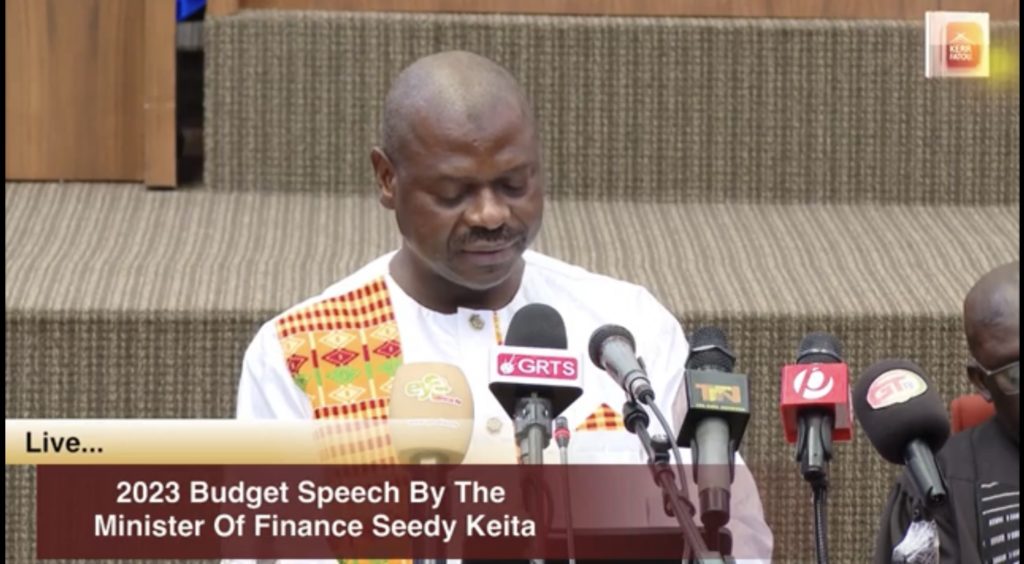
By Landing Ceesay
The Minister of Finance and Economic Affairs Hon. Seedy Keita told the National Assembly Members (NAMs) that Gambia’s Growth in the domestic economy is dependent on global economic recovery through tourism and trade channels for recovery.
“Similar to global growth projections, the domestic economy is projected to register a modest growth in real GDP from 4.3 percent in 2021 to 4.5 percent in 2022. Growth in the domestic economy remains challenging and dependent on global economic recovery through tourism and trade channels for recovery. Mirroring trends in the global economy, the current account deficit is estimated to widen to 13.9 percent of GDP in 2022, driven by infrastructure-related imports and a rising oil and food import bill not only due to increases in the prices of commodities but also because the Dalasi depreciated against the strengthening dollar,” Hon. Keita told the NAMs.
The Finance Minister further told the NAMs that supply chain disruptions and rising global inflation have worsened existing challenges in supply and increased the prices of essential commodities.
Hon. Keita made these remarks at the National Assembly of the Gambia, while giving his 20233 Budget Speech.
Hon. Keita said in the domestic market, average prices of both food and non-food commodities have been on the rise, bringing about “unprecedented” inflationary pressures.
He stated that Inflation year-on-year stood at 13.3 percent as at the end of September 2022, and it is expected to continue on this path due to uncertainty surrounding the trajectory of the war and the outlook for oil prices, especially in light of OPEC’s recent decision to cut oil production.
“On a more positive note, developments in the tourism sector this year are promising, despite precarious economic conditions in the West. Tourist arrivals recorded in the first quarter of 2022 exceeded 47,000, compared to 18,000 recorded in the corresponding period in 2021,” he said.
Gross domestic product (GDP) is the standard measure of the value added created through the production of goods and services in a country during a certain period.
As such, it also measures the income earned from that production, or the total amount spent on final goods and services (fewer imports).

